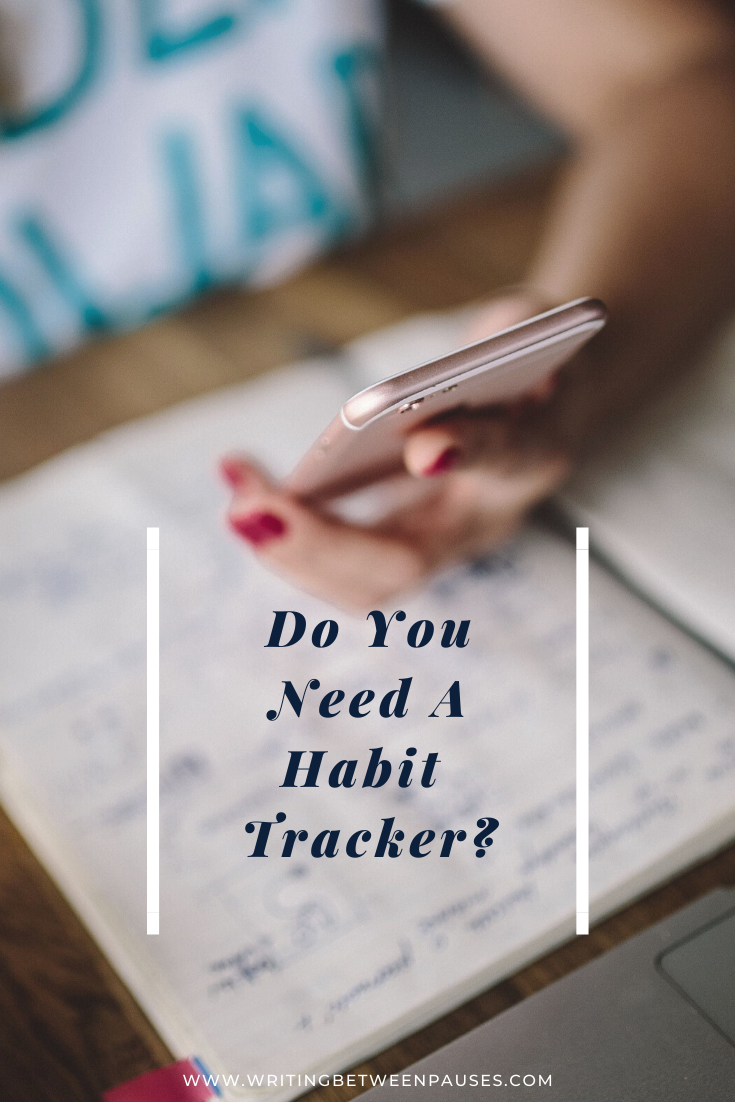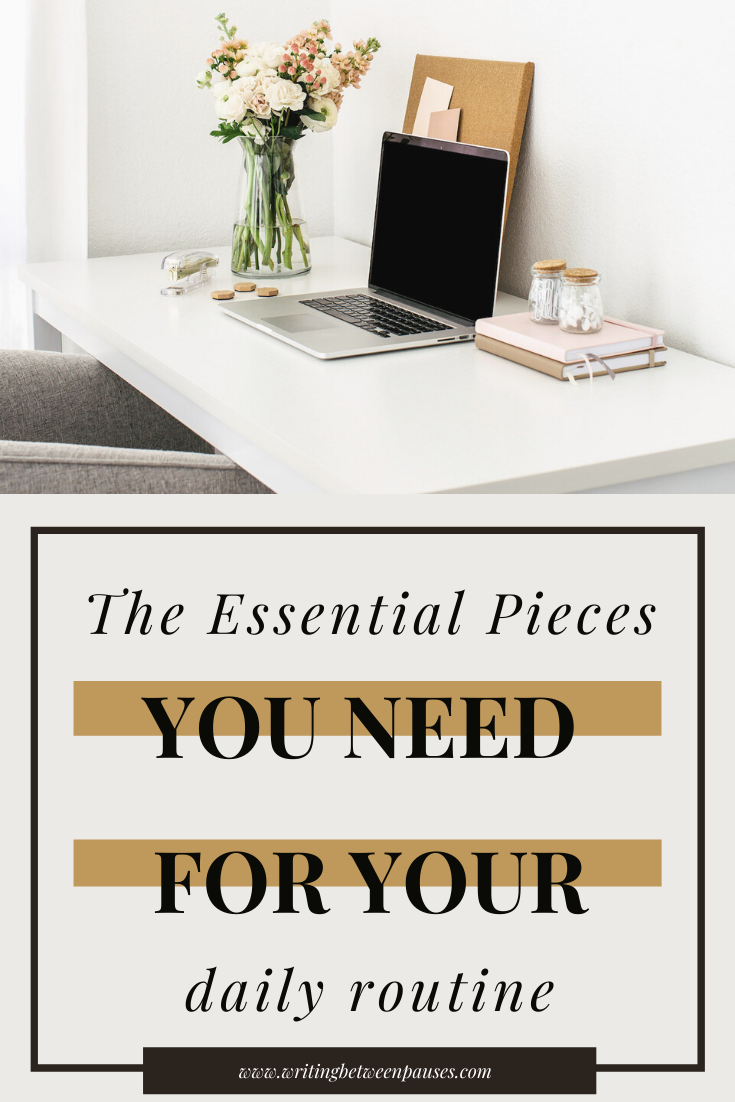The number one question I get asked from friends, family, acquaintances, Instagram followers, and more is: what planner do you use?
We’re all searching for that perfect planner, aren’t we? Planners are highly personal, incredibly tactile objects. If you’re someone who uses a planner, then you know what I’m talking about when I say: a calendar simply isn’t the same thing as a planner. It’s just not!
Part of the reason why I use planners is because I sometimes just need space to write down what is on my brain—it helps me to remember and cement that information. Plus, seeing it written in my own handwriting is often easier for me to recall and connect with.
It’s hard to talk about planners without making exact recommendations: what works for me simply might not work for you! However, I do find people love looking at planners and learning why I (or anyone!) has chosen that planner. So, without further ado, this is my planner set up for July 2020.
Planner 1: My Bullet Journal
I use my bullet journal primarily as a brain dump and a daily journal. I make a few monthly lists—tasks, my playlist, a list of books I’ve read, and highlights—but then after that, I try to fit about 5-6 days on every two pages for my morning journal session. I have been doing one list from the original 52 Lists every single day since June 1—I’m almost done with that book, then I’ll move on to 52 Lists for Calm. I find this a great way to journal every day without the pressure of knowing what to write. Usually once I’m done with my list, I’ll write a few things on my plate for the day or that I’m thinking about.
This journal originally started as a work journal; I kept work journals at my old agency where I kept track of tasks and notes. I have probably 10+ journals full from over 5 years. This was a brand new journal then when I got laid off—it’s funny to see those first few pages of business-as-usual notes that turned into journaling and keeping track of phone numbers for lawyers and more.
I almost thought about just retiring it: transitioning it to a journal felt very weird and it took me a long time. However, I don’t like being wasteful with journals—so I just keep it moving and those first 25 pages remain as a testament to a very weird time in my life.
This month’s theme was a 70s-ish flower theme. Nothing fancy—just the basics. I really liked it though. For a full flip through, you can check out my Instagram!
Planner 2: My Habit Tracker
This planner is the Blue Sky Habit Tracker; you can find a very similar one here, but mine was not that expensive! I really like this layout because it involves a monthly page to write down your goals, pick your habits to track, and write. I typically use this for non-work things, like reminding myself to drink water or other habits I’m working on building. I haven’t filled out my July pages quite yet (just a little behind!), but this is always one of my favorite things to do at the beginning of each month: pick my habits, write what worked from last month and what didn’t, and what I want to focus on.
This month, I want to intermittent fast every day through the end of the month—so that will be on the list. (Before anyone asks, I use IF to help with my migraines!) I haven’t decided on my other goals quite yet, but that will come.
I also use these pages to write out my household tasks and to write notes for myself, as well as things I want to remember—like quotes or ideas I have for blog posts in the future! At the end of the week, I usually condense these pages into a notebook or word doc to help me keep track of all my ideas and brain dumps.
Planner #3: My Daily Schedule Notepad
I get soooo many questions about this notepad. So, here are the details; this is the Lamare Embark Weekly Notepad. I use this for planning each day and keeping track of tasks I need to do on-the-fly. Things like texts from clients saying “can you do xyz really quick?” I’ll jot that down and finish what I’m doing, then take it on. I also try to map out my week here: I’ll look at my Asana task list and transfer things to the day I want to get them done so I have a plan in place. It helps me to be able to glance at my week and know when I have meetings, deadlines, and specific tasks planned.
I don’t really use the habit tracker on this notepad—I tend to use that area to doodle! But I do list my top 3 moments during the week; when something good happens, I try to write it down immediately so I don’t forget! I use the to do section for quick notes as well.
Voila! My planner set up for the week. It’s a fairly simple set up, as I have been trying to use my Asana as project management—rather than trying to have one handwritten to do list! This has been a huge help in managing my clients more effectively—plus it’s tied to the tool I use for recording my time for clients, so that works out perfectly.
How do you use your planners?























